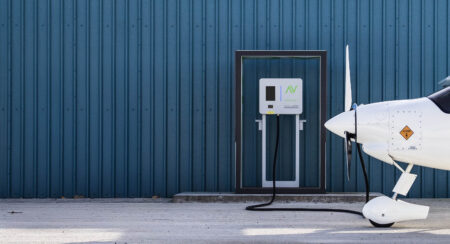The council of the International Civil Aviation Organization (ICAO), a specialized division of the United Nations set up in 1944, has approved the first international carbon dioxide (CO2) emission standard for aircraft. The ICAO’s 191 member states can now adopt and implement the new standard in their national regulations to reduce the impact of aviation greenhouse gas emissions.
The standard will apply to new-design large aircraft from 2020 onward, and to smaller new-design models, including business jets, from 2023. All covered in-production aircraft must meet the standard by 2028, with exemptions applying to small turbine-powered models under 5,700kg maximum take-off mass (MTOM), along with piston-engine aircraft and turboprops under 8,618kg MTOM.
Dr Olumuyiwa Benard Aliu, ICAO council president, said, “International civil aviation has once again taken pioneering action to address the impact of aviation CO2 emissions on the global climate, making air transport the first industry sector globally to adopt a CO2 emissions design certification standard. Alongside our 39th assembly’s landmark agreement last October on the new Carbon Offsetting and Reduction Scheme for International Aviation (CORSIA), this latest development confirms our sector’s leadership and concrete actions toward ensuring a sustainable and environmentally responsible future for global civil aviation.”
Dr Fang Liu, ICAO secretary general, added, “This historic accomplishment places aviation in an even better position as we look forward to a greener era of air transport development. The dedicated work of the ICAO secretariat, the hundreds of experts who compose ICAO’s Committee on Aviation Environmental Protection (CAEP) and the state representatives on our Air Navigation Commission has been highly appreciated.”




